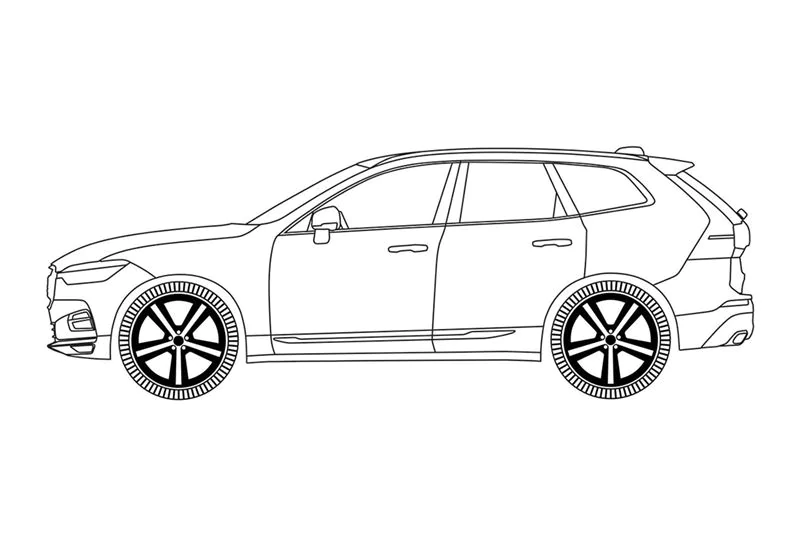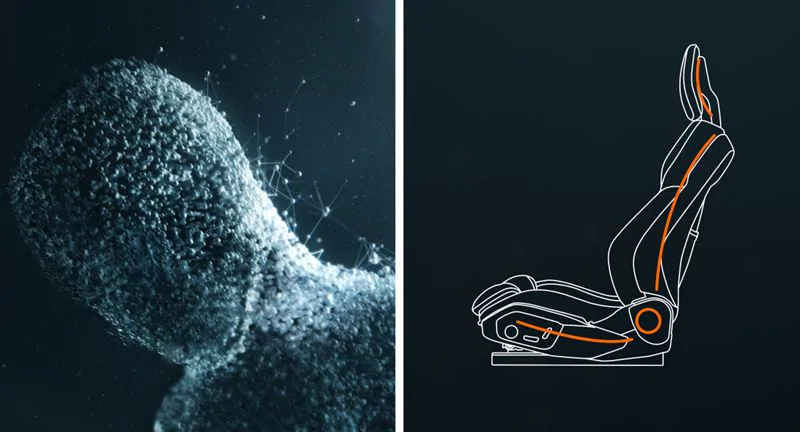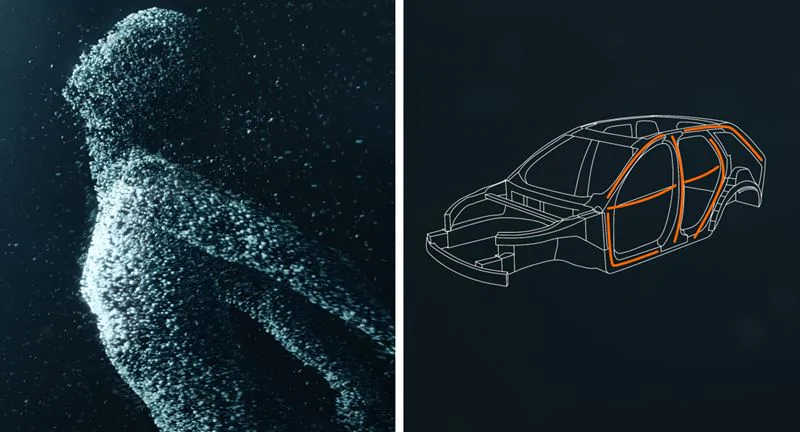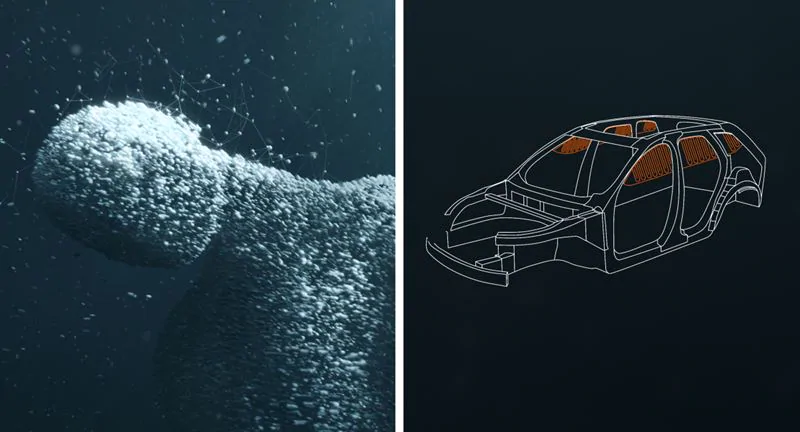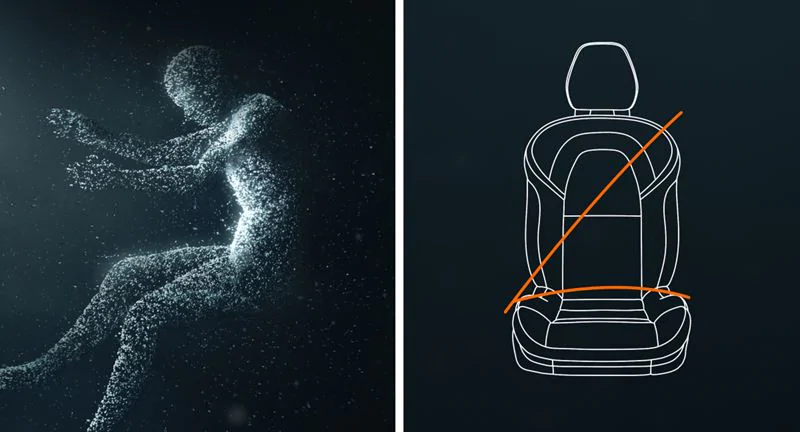Help us make cars equally safe
When a woman steps into a car to drive, she assumes she’s safe. Yet in 2019, most automakers still produce cars based exclusively on data from male crash test dummies. For this reason, women run a higher risk of getting injured in traffic than men.
But not in a Volvo. Our Accident Research Team has compiled real-world data since the 1970s to better understand what happens during a collision. What Volvo sees is that women and men appear equally in this data. Which is why we believe they should be equally represented in testing. With the E.V.A. Initiative, we are sharing the results of more than 40 years of research. By letting everyone download this, we hope to make every car safer. Because at Volvo, we will always put people first.











